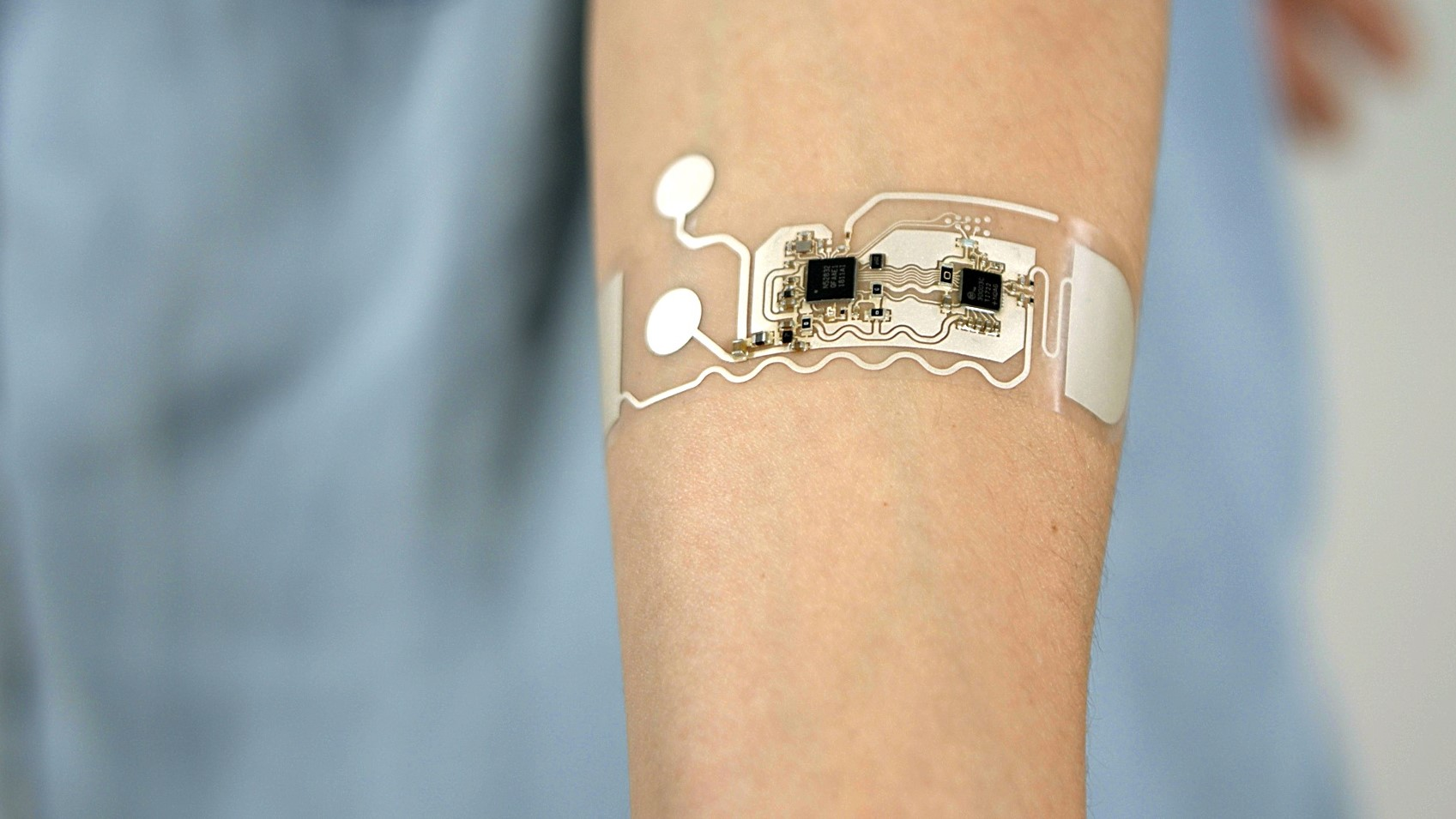Wearable technology is evolving rapidly, and in 2025 one of the most promising frontiers lies in smart skin patches—thin, flexible, adhesive devices that monitor vital signs continuously without the bulk of traditional wearables. These patches can track metrics like hydration levels, blood pressure, and glucose trends in real time. Unlike wristbands or rings, they conform to the skin and operate unobtrusively, turning the body itself into a living dashboard of health data.
The strength of these patches stems from their combination of advanced sensors and AI-driven analytics. Innovations in optical, electrochemical, and bioimpedance sensing make it possible to detect physiological changes with increasing precision. AI and machine learning models process this continuous stream of data to spot anomalies, forecast health events, and personalize wellness insights. As healthcare systems push toward remote monitoring and preventative care, skin patches are proving to be a bridge between consumer tech and medical applications.
Despite their promise, challenges remain for widespread adoption. Ensuring data accuracy across skin types, managing battery life, and upholding privacy/security standards are crucial hurdles. Regulatory approval and integration with clinical workflows also demand rigorous validation. Yet, as these obstacles are addressed, smart skin patches may soon become foundational to how we monitor health—quietly, continuously, and seamlessly.






